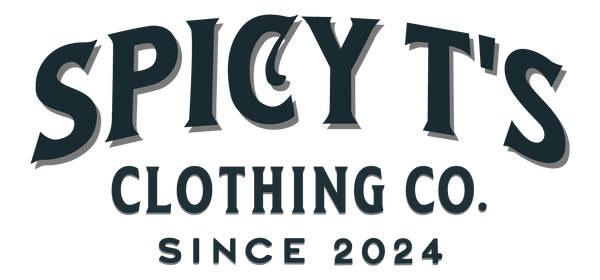
What is Crewel Embroidery? A Beautiful Blend of Art and Thread
Share
In a world of digital prints and fast fashion, there’s something timeless and soulful about hand-stitched embroidery. And if you’re looking to explore one of the most detailed and artistic embroidery techniques out there, look no further than crewel embroidery.
Whether you're a designer, craft lover, or curious about textile art, here’s everything you need to know about crewel work — its history, style, stitches, and why it’s making a comeback in modern fashion and home decor.
🌿 What is Crewel Embroidery?
Crewel embroidery (also called "crewelwork") is a traditional form of surface embroidery that uses wool thread to create textured, often floral or nature-inspired designs on fabric.
Unlike other embroidery types, crewel isn’t defined by specific stitches, but rather by:
The use of 2-ply wool yarn
Worked on a firm, even-weave fabric (often linen or cotton twill)
It’s decorative, dimensional, and deeply rooted in textile history — dating back over 1,000 years!
🏛️ A Brief History
Originated in medieval England, gaining popularity during the Jacobean era (17th century)
Found in bed hangings, curtains, and wall panels in royal homes
Patterns were largely inspired by flora, fauna, birds, and fantasy trees
It traveled across Europe and into colonial America as a symbol of wealth and craft mastery
🧶 In short: Crewel was luxury art before digital printing existed.
🎨 Key Characteristics of Crewel Embroidery
Feature Description
Thread 100% wool (often Appletons, Renaissance Dyeing)
Fabric Strong base like linen twill, hessian, or cotton duck
Designs Floral motifs, tree of life, animals, vines
Texture Raised, textured stitches create depth
Colors Muted, earthy tones in traditional work; modern versions may use bold hues
✍️ Popular Crewel Stitches
Crewel embroidery uses a variety of surface embroidery stitches, including:
Stem Stitch – for vines and outlines
Long and Short Stitch – for shading leaves or flowers
Satin Stitch – for smooth coverage
Chain Stitch – adds decorative curves
French Knots – perfect for berries or texture
Seed Stitch – for filling and shadowing
💡 There’s no strict stitch limit, giving artists creative freedom.
🏡 Where You’ll See Crewel Embroidery Today
While traditional crewel was for royalty, today’s artisans use it in:
🛋️ Home Decor
Throw pillows
Wall hangings
Curtains & drapes
Upholstery & headboards
👗 Fashion & Accessories
Hand-embroidered jackets
Bohemian-style bags
Detailed collars or cuffs
Custom t-shirt embroidery accents
🎨 Art & Gifts
Framed embroidered art
Handmade bookmarks or pouches
Modern mixed-media textile pieces
💡 Crewel Embroidery vs Regular Embroidery
Aspect Crewel Embroidery Regular Embroidery
Thread Type Wool yarn Cotton, silk, polyester
Texture Thick, raised texture Smooth, flat finish
Style Nature, trees, florals Any (logos, text, abstract)
Traditional Use Home decor, tapestries Clothes, branding, art
Origin 11th century England Global
🧶 Want to Try Crewel Work?
Here’s what you need:
Crewel wool (Appletons is popular)
Tightly woven fabric (Linen twill or cotton duck)
Embroidery hoop
Sharp crewel needle (large eye, long shaft)
Water-soluble pen or transfer paper
Pattern (tree of life, paisley, florals are common)
🧵 Pro tip: Start with small, single motifs like a leaf or flower before jumping into full tapestries.
📦 Selling or Showcasing Crewel?
If you're selling shirts, designs, or embroidered decor:
Include close-up shots to showcase texture
Use keywords like “hand-stitched,” “Jacobean embroidery,” “vintage crewel,” and “boho textile art”
Make vector versions of your crewel designs to digitize them for t-shirt printing (perfect for your Shopify store, Chummy!)
